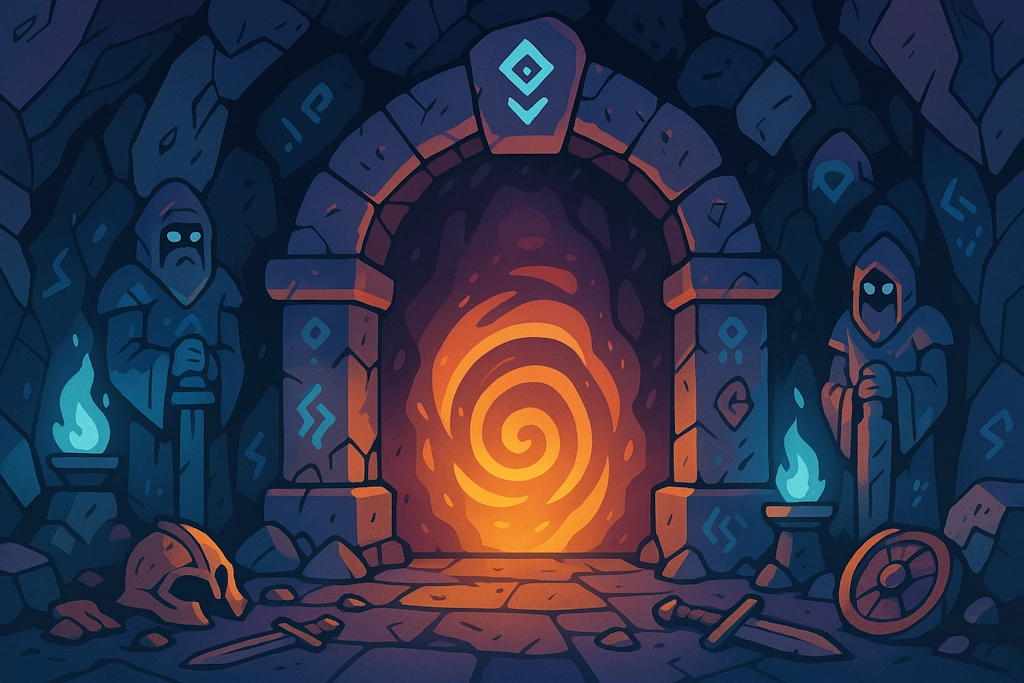🕯️Dungeon Names
Generate ominous names for underground complexes, crypts, and dangerous adventure sites.

Dungeon Names
Generate ominous names for underground complexes, crypts, and dangerous adventure sites.
Example Dungeon Names
Get inspired by these sample results
- The Erased Caverns
- Haunt Of The Ebon Raven
- The Fabled Quarters
- The Invisible Point
- Lair Of The Nameless Emperor
- The False Point
- The Distant Point
- The Enchanted Caverns
- The Oracle Haunt
- Dungeon Of The Mystic Goblin


